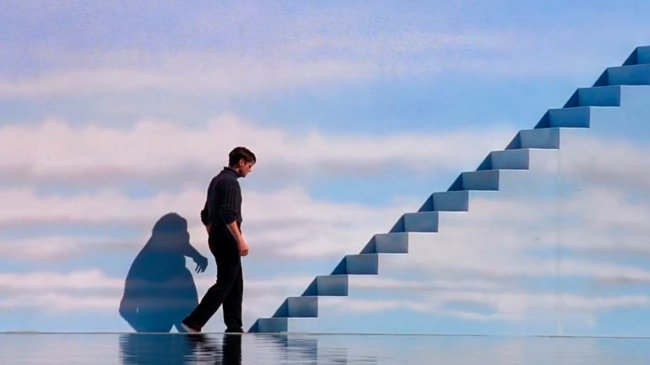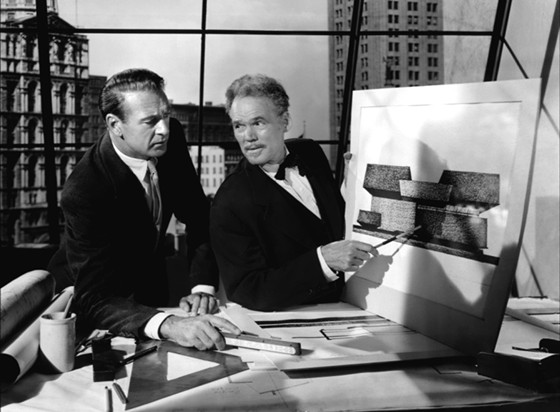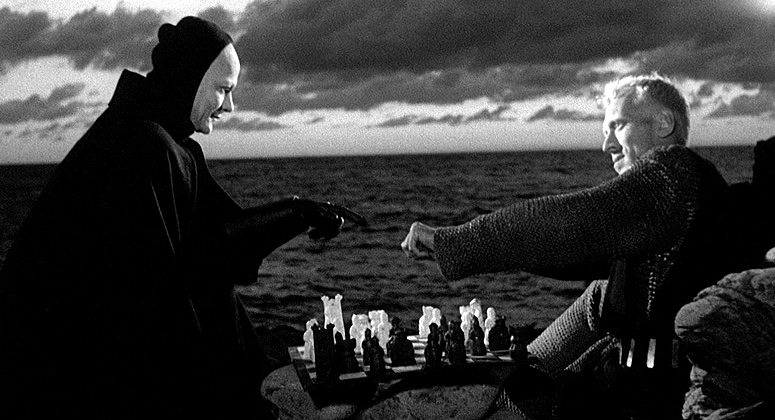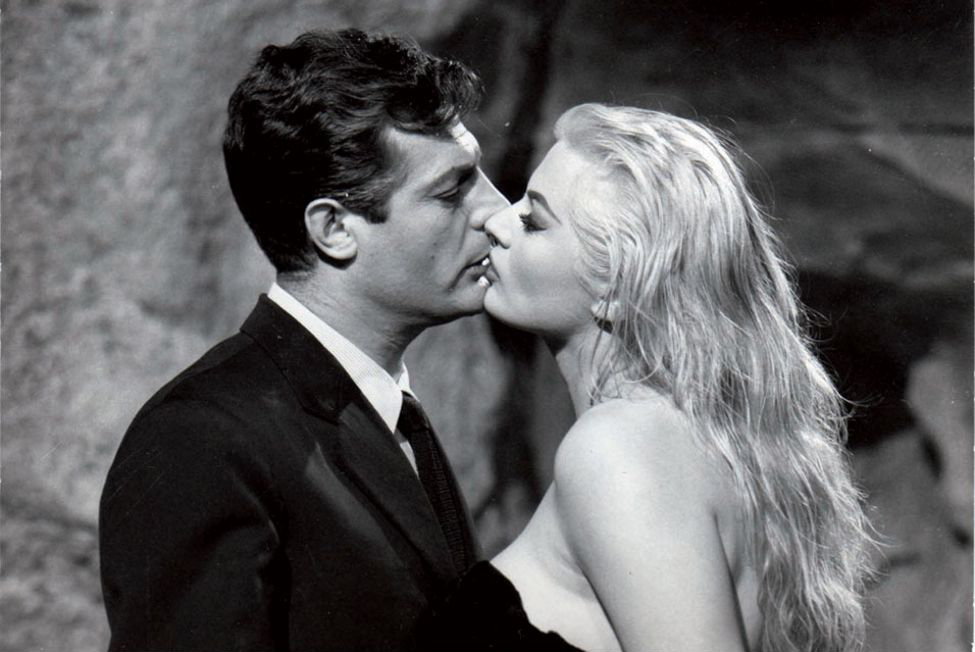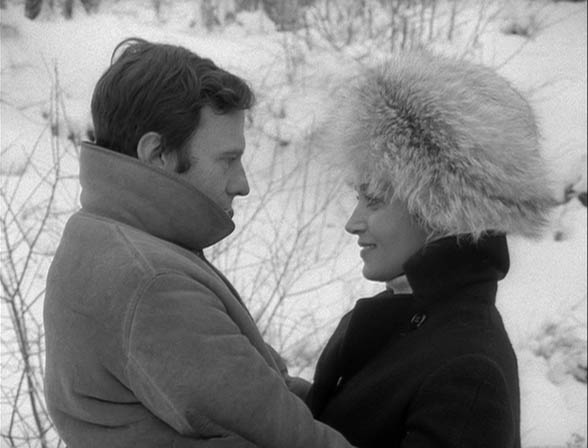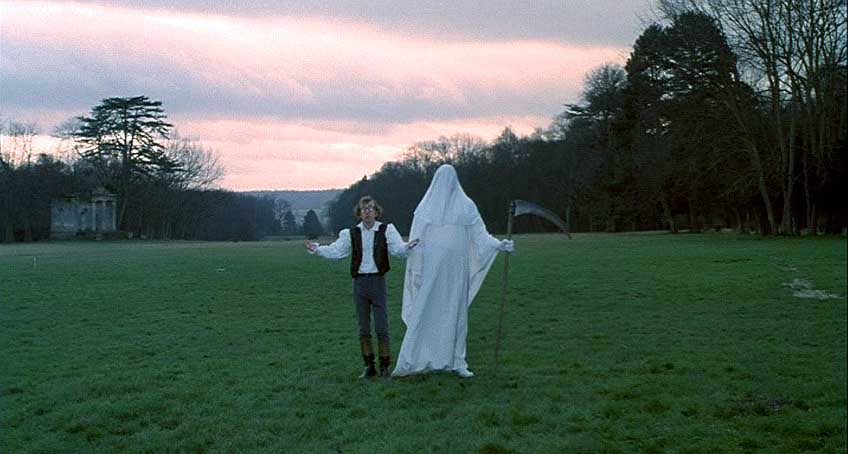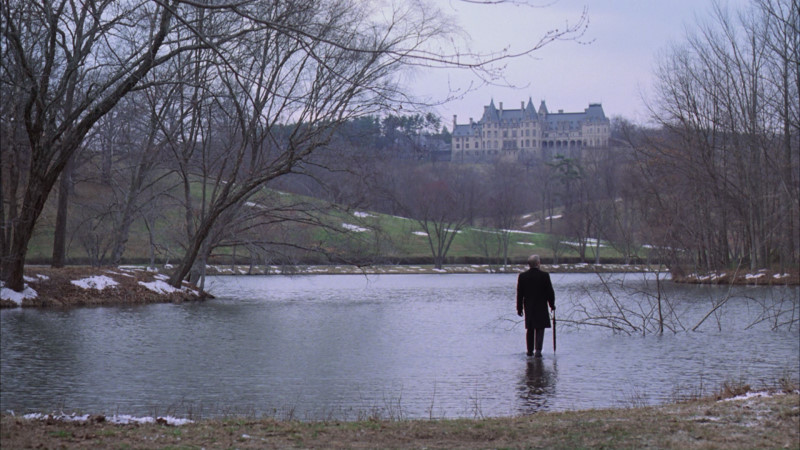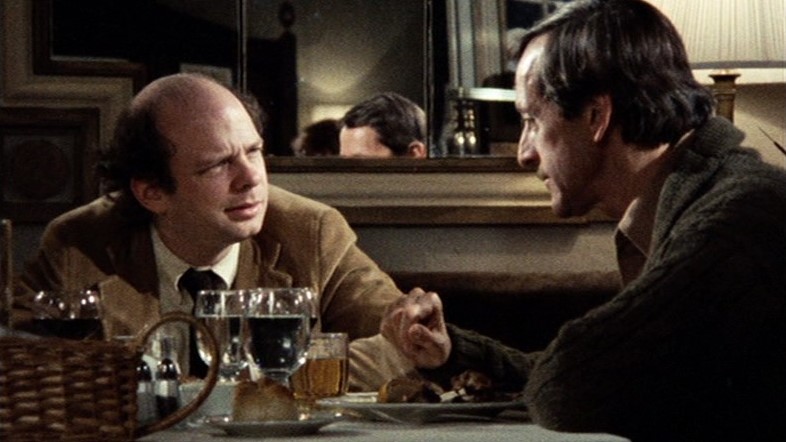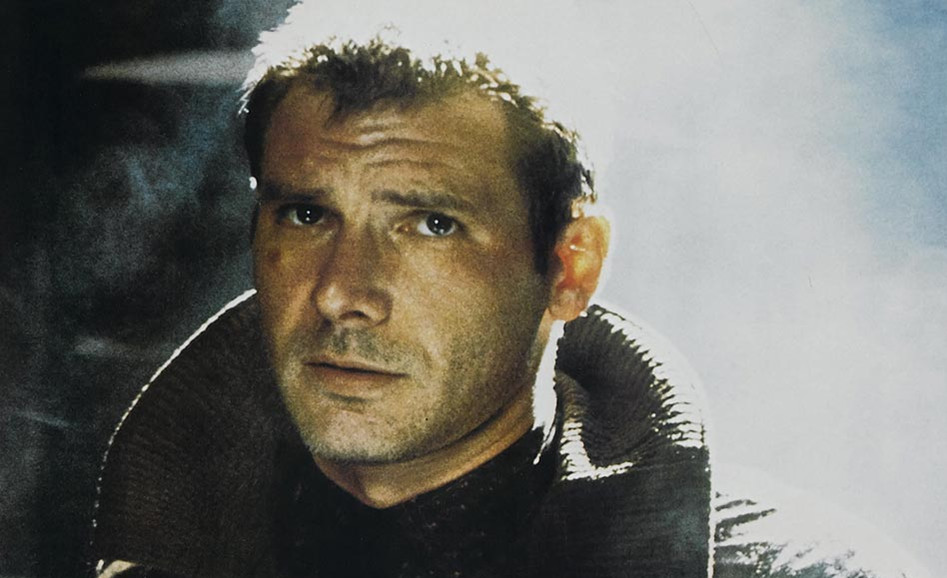Whether realizing the art form of filmmaking or not, directors and writers often use their preferred visual medium to tell a story. Ideologies, theories or whatever form of message is always decoded in this visual medium in hopes that the audience gets the message. The secret of making a successful film, especially when telling a story, is to avoid preaching.
From Mel Gibson to Seth Macfarlene, Federico Fellini to Ridley Scott and of course Hitchcock, their movies have messages, from symbolist storytelling to clever subtext dialogues. Here’s a list of some of the movies that have philosophical messages encoded for the audience. Please note that the films here are ranked in chronological order.
1. Rope (1948, Alfred Hitchcock)
Hitchcock, the master of suspense, toys with his audience, repels and lures them to a world of shock. Rope is one of his most audacious films ever, purposely created as a one-shot film: an experiment in real-time.
Starring in this underrated classic are James Stewart, Farley Granger and John Dall. It contains the most unique filmmaking of its time and the view of superior and inferior human beings. The film is based on the 1924 Leopold-Loeb case, the story of two homosexual law students in Chicago who murdered a 14 year old boy for kicks to prove they were intelligent and could get away with it.
This is an anti-existentialist movie, and James Stewart discovers to his horror that, following existentialism principles, two of his students have killed their classmate. James Stewart at the end realizes that depending on this philosophy only produces suffering for the follower and the people around him. This movie brings up references to the Nietzsche philosophy “Ubermensch,” as well as containing Freudian allusions.
2. The Fountainhead (1949, King Vidor)
This is an adaptation of Ayn Rand’s novel, a melodrama about individualism, shot in a fascinating German Expressionist style. Starring Gary Cooper as an independent architect who struggles to maintain his integrity, this movie portrays a metaphysical statement, an aesthetic manifesto, and a commentary on American architecture, ethics and political principles.
A lot of charm comes from the talented characters attempting to do their best with corny dialogue and occasionally giving the best performances. Gail Wynard, played by Raymond Massey, is a compelling character in the story due to the transformations he goes through during the film. Meanwhile, Gary Cooper as Roark is a tool, an egotistical man that has trouble conforming to popular standards.
3. The Seventh Seal (1957, Ingmar Bergman)
Director Ingmar Bergman, known for films Persona, Wild Strawberries and Fanny & Alexander, made The Seventh Seal, a cinematic model of existentialism, a man’s apocalyptic search for meaning. This extraordinary tale is about a knight who challenges Death to a fateful game of chess.
Although this movie is about understanding themselves in terms of metaphysical and philosophical questions, the Swedish director also wants the audience to experience this film with the issues of the problem of evil, philosophy of religion and existentialism. Bergman illustrates Bloch’s trouble with his beliefs incredibly well, the existence of an omnipotent God in the world, for his audience to view and judge for themselves.
This movie invites a lot of questions; it doesn’t sermonize nor belittle any specific demographic. Instead, it just states differerent opinion and lets the audience discuss it.
4. La Dolce Vita (1960, Federico Fellini)
Directed by Federico Fellini who’s known for movies such as 8 ½, Amarcord, Roma and Satyricon, La Dolce Vita possess a dark and frequent sense of humor about the lavish lifestyles of people in Rome.
This film stars Marcello Mastroianni as a gossip journalist, who is unable to decide what to do next and feels as if he is trapped in a box. This movie feels as though Fellini is attempting to communicate with his audience about the seven deadly sins, which happens during seven deranged nights and seven dawns.
The whole movie takes place between the Seven Hills of Rome, in streets of nightclubs and on the sidewalks of cafes. If you can’t really picture it, close your eyes and think of Van Gogh’s Café Terrace at Night. There are few movies that can give the viewers a grasp of philosophy, life and death every time at a different timeline as you watch the movie, but one of them is La Dolce Vita. There may be no such thing as the good life, but the choice you make in your life will determine it.
5. My Night at Maud’s (1969, Eric Rohmer)
Directed by Eric Rohmer, this is a story about a young engineer (Jean) who spies an attractive blonde woman and, most importantly, a practicing catholic. But this entire mission is put on hold when he bumps into his friend (Pascal), who spends the entire evening discussing religion and philosophy.
They both agree to meet up the next day to continue the discussion at Maud’s house. During the discussions, Pascal made a wager, giving enormous odds against the existence of God at the ratio of 100 to 1. They all must bet on that one chance. If GOD doesn’t exist, then they lose the bet, though the loss is insignificant to them. But if GOD exists, then their lives have meaning and the reward is to live eternal.
The characters in this movie are intelligent, confident, communicative, masters of deceptions and capable of self-deception.
6. Love and Death (1975, Woody Allen)
Considered a satire of everything about Russians, from Fyodor Dostoyevsky to Sergei Eisenstein films, Woody Allen has managed to mix his Kafkian anxiety and Kierkegaard’s fearfulness into a nonstop comedy on war and peace, crime and punishment, and fathers and sons.
Allen plays Boris, who couldn’t sleep without the lights on until he reached thirty. He is about to be executed for a crime he didn’t commit. Throughout the movie, Allen spits out certain gags across the spectrum from other forms of visual mediums, such as Persona as a stylized parody, one-liners from Attila the Hun, and so on.
Though at the end Allen pitches us about love and death, what he as a human has learned about life, that our mind is great but the body has all the fun, we think God is an underachiever, but that death is somewhat a downer. This reminds us of Matthew 20:16, “So the last shall be first, and the first shall be the last.”
7. Being There (1979, Hal Ashby)
Being There is an adaptation of the 1970 novel by Jerzy Kosinski. Peter Sellers plays a simple gardener, who has never left the estate until his employer (Ben) dies. Things really get interesting when it comes to Ben’s funeral. The President and other political kingmakers are discussing the next choice for President and Chauncey’s (Peter Sellers) name becomes their favorite.
This movie embraces the moral and intellectual consequences of television’s presence, and in this regard does not mortally offend an audience weaned on television.
Showing something funny while somehow never misplacing the seriousness of the film or portraying the humanity of the characters is just one aspect of Hal Ashby’s flair. He had made great films such as Harold & Maude and The Last Detail, but this is a satirical comedy film and it will leave you with a lot of inspiration and ideas about philosophy coined by Heidegger.
8. My Dinner with Andre (1981, Louis Malle)
Andre Gregory and Wallace Shawn starred and also wrote the script for this movie, which is about two men having dinner in a fancy restaurant and discussing life. Yes, that’s the entire plot. Even for a minimalist plot, surely their conversations are highly thought-provoking topics.
Mainly this debate is about between Andre’s spiritualistic and idealistic worldview and Wallace’s pragmatic humanism and his practical-realistic worldview. Andre and Wallace are two different men, one eccentric and the other a settled type.
This movie is considered to be a cult classic among independent cinema critics and filmmakers for its philosophical meaning and minimalist style due to its insightful talks about life, the human condition, religion and communication. The beauty of this movie is that both are right and wrong at the same time.
After further the conversations, Andre and Wallace have become involved personally and emotionally, communicating on a level that is beyond most forms of socialization. This film shows the most truthful depiction of human communication in a visual medium.
9. Blade Runner (1982, Ridley Scott)
Blade Runner is a feature film based on the science fiction novel by Philip K Dick. Do Androids Dreams of Electric Sheep? Harrison Ford features as one of the Blade Runners hired to “Terminate” (Retirement) the Replicants, an enslaved human-engineered robot created by Tyrell Corporation’s genetic engineers. They were designed to serve as slave labor for exploring and colonizing other planets.
The movie portrays what it means to be human in the cybernetics era, raising questions such as: if artificial intelligence were placed in a body that looked and acted human, would it be considered a human? Would androids differ in any important way from the humans who created them? Existentialism!
